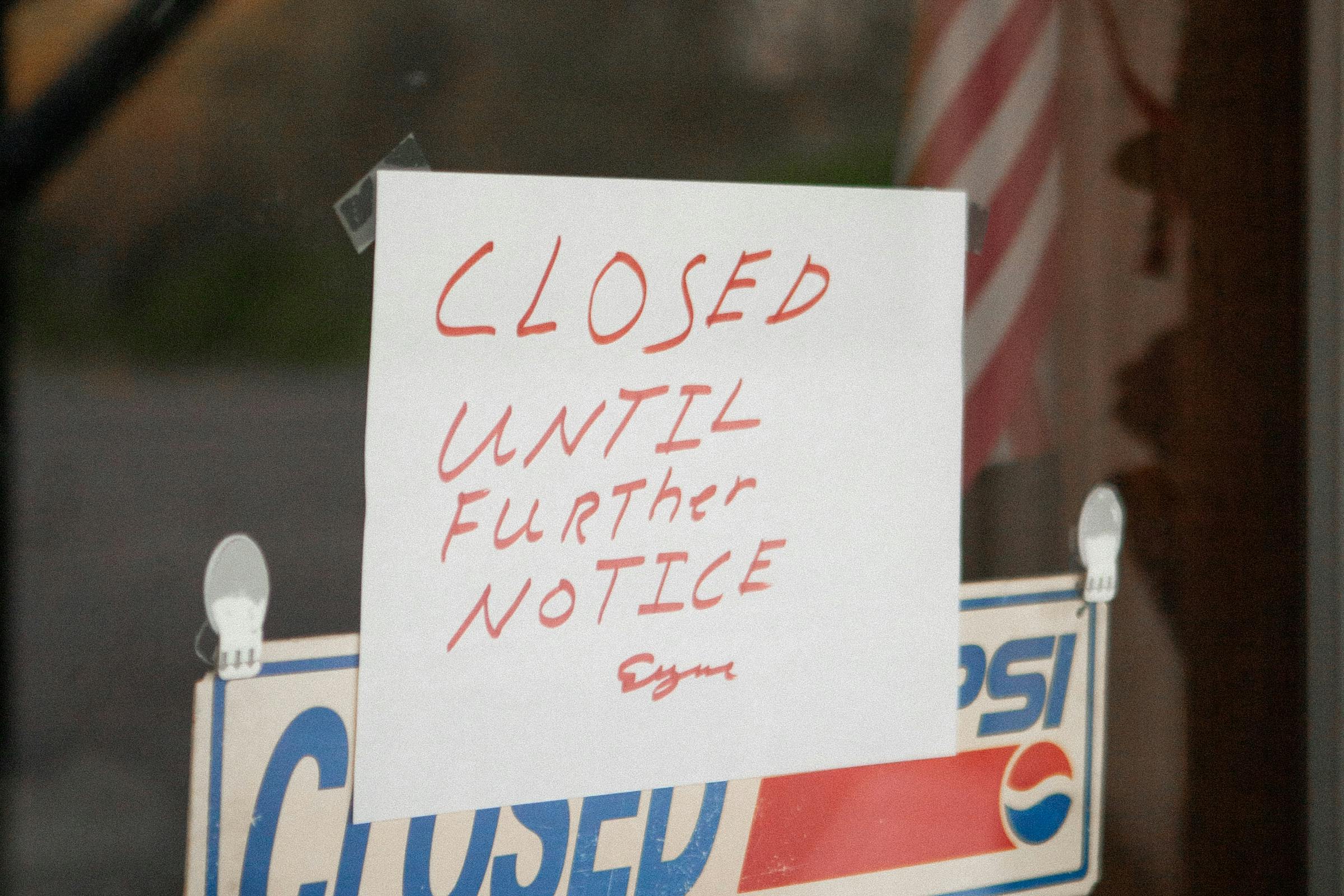What H-1B Dependent Means
When an employer attempts to hire foreign workers, they must first submit a Labor Condition Application (LCA) to the Department of Labor (DOL). This application describes the job in thorough detail, the suggested wages, and why the employer must obtain foreign help.
It also requires the business filing the LCA to attest to specific factors. One statement that employers must attest to is that hiring outside the country would not hurt American workers. The employer also includes evidence that they attempted to hire within the US pool of qualified applicants and were unsuccessful.
There are many other sections of this application that discuss how H-1B employers can use the system, including what happens if they have “too many” foreign workers on their payroll.
H-1B dependent employers are those that meet section 20 CFR § 655 Subparts H of the LCA. This section labels a business as H-1B dependent if they have the following:
● (i) 25 or fewer full-time equivalent employees and at least 8 are H-1B, nonimmigrant foreign workers;
● (ii) 26 - 50 full-time equivalent employees and at least 13 are H-1B, nonimmigrant foreign workers;
● (iii) 51 or more full-time equivalent employees, with 15 percent or more qualifying as H-1B, nonimmigrant foreign workers.
If your staff ratio meets any of these criteria, you may qualify as H-1B dependent. This status must be determined when you file an LCA, an initial petition for an H-1B, or request an extension of an employee’s current H-1B visa. Your immigration expert, like Visa2US, can provide you with the formula to determine your H-1B dependency status and help you identify this ratio.
Avoiding H-1B Dependency
When you sit down with your immigration lawyer and determine your ratio of H-1B visa employees to US nationals, you’ll know how close you are to falling out of compliance. In order to stay away from H-1B dependency, if you need to hire someone else to fill any positions for the rest of the year, consider using independent contractors or consultants. Anyone who receives a Form 1099 from the IRS is not considered an employee and, therefore, does not count against you in the H-1B visa ratio.
You can also look at your ratio of full-time and part-time employees. The DOL considers full-time employment set at 35 hours per week. You can count your part-time workers as half of a full-time employee. Hiring two part-time employees equals one full-time and may keep you under the H-1B dependency limit.
Record-Keeping as an H-1B Dependent Employer
But if you can’t avoid becoming H-1B dependent, you must keep detailed records. All H-1B employers are required to submit regular documentation for their visa holders. As an H-1B dependent employer, you will need to complete all of that paperwork, plus documentation of the dependency calculation.
Your records must prove the status that you claim. For instance, if you attest that you’re not H-1B dependent but don’t meet the “snap-shot” test, or your status changed from dependent to non-dependent, you’ll need to demonstrate how you came to those conclusions.
Should you use the IRS “single employer” test, you must clarify which entities you used to define single employer and the calculation you used to come up with your final solution. Any employees who are not on your normal payroll but are included in the calculation need to be submitted with documentation that shows evidence that they are employees.
Keep this documentation in an inconspicuous place that is not available to the public but is easily accessible to DOL should they request it.
You’ll need to choose which type of dependency status your business is when you file an LCA. The options include non-dependent, dependent with exempt H-1B visa holders, or dependent with the knowledge that you must comply with extra attestations.
Submitting LCA Notices
H-1B dependent employers are required to let their employees know about this status, provided the LCA is used for non-exempt nonimmigrant workers. They must submit a notice that adheres to 20 CFR 655.734(a)(1)(ii). This section explains to current and future workers that there are non-displacement and recruitment obligations the employer certifies that they met before hiring H-1B visa holders.
This notice must include the following statement:
“Complaints alleging failure to offer employment to an equally or better qualified U.S. applicant or an employer's misrepresentation regarding such offers of employment may be filed with the Department of Justice, Civil Rights Division, Office of Special Counsel for Immigration-Related Unfair Employment Practices, 950 Pennsylvania Avenue, NW., Washington, DC 20530, Telephone: 1 (800) 255-8155 (employers), 1 (800) 255-7688 (employees); Web address: http://www.usdoj.gov/crt/osc”.
You’ll need this notice posted in accordance with the DOL’s requirements to ensure you’re in compliance with your new H-1B dependency status.
What’s Next?
For some employers, being H-1B dependent is part of their normal annual process. Their industry is so skill-specific that it’s difficult to fill the vacancies with enough US citizens, so they regularly reach out for foreign help.
But for others like you, this may be a new thing. Whether you’ve already received the H-1B dependent classification or you are trying to avoid it, Visa2US can help. Let us work with your company to determine the ratio of H-1B visa dependency, suggest alternatives, and get you skilled help as needed. Our immigration experts are available 24/7 to offer guidance and answer your questions.














